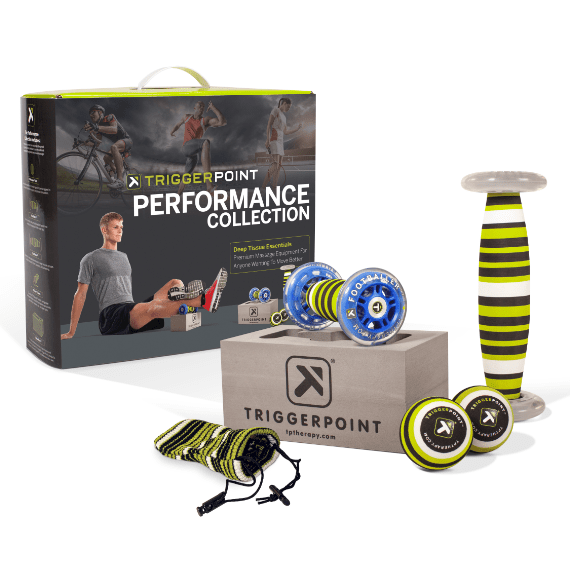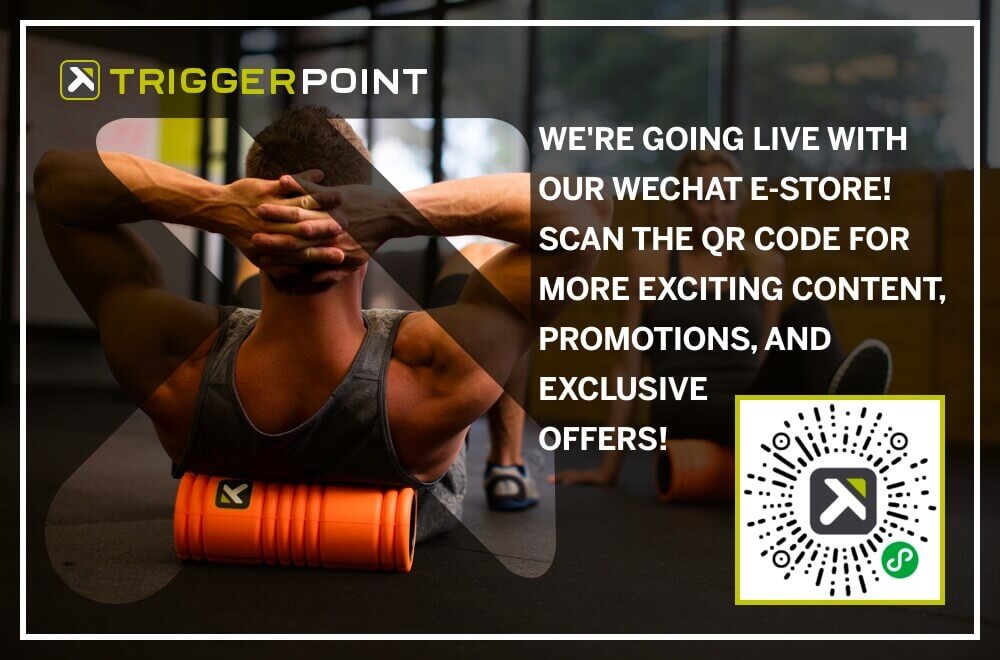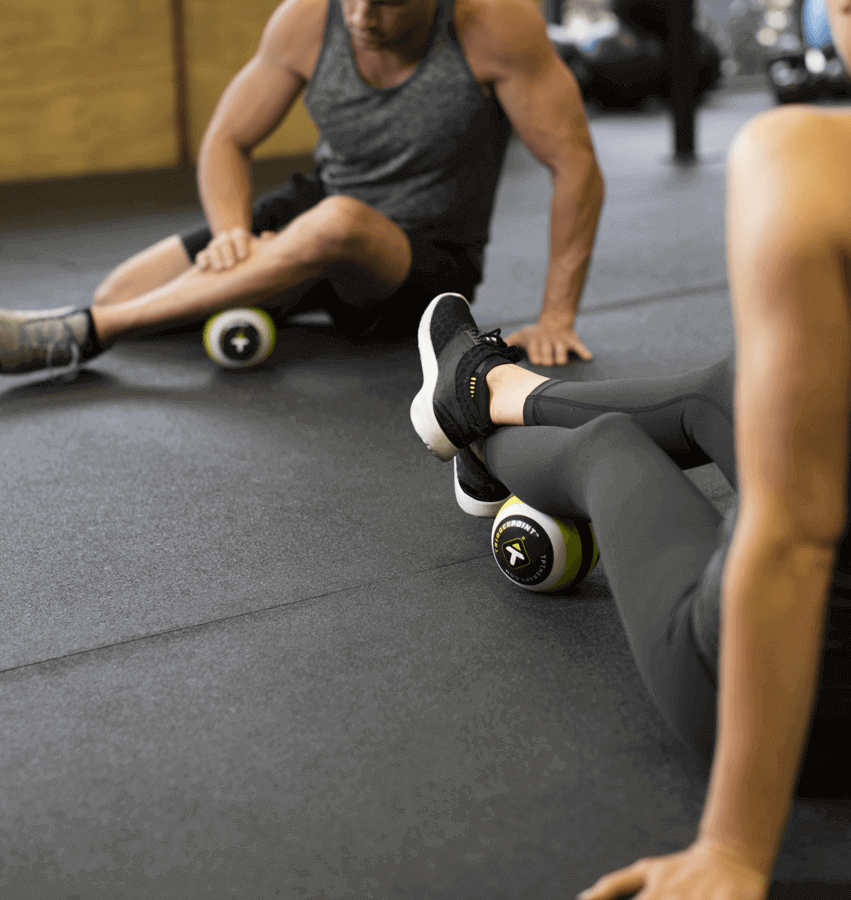The 5 myths of Foam Rolling
Did you remember how excited and overwhelmed you were when you started your first foam rolling session? Excited because you were about to join thousands of fitness enthusiasts in starting a healthy lifestyle. Overwhelmed because you understood that it would not be a smooth sail and you were worried if you had bought the right gear? What was the best way to use the gear? Would I hurt myself? Did the benefits outweigh time spent?
In weightlifting, whether it is exercising, training or during competition, you should always put on a belt. Why is this important? Because functions of belts are for protection and enhancing performance.
You may be a pro in foam rolling now but sometimes you are skeptical in the myths regarding this activity. To clear your doubts, let’s first start with the basics: what is fascia, what is foam rolling and the connection between the two.
Fascia is a band of sheet-like fibrous connective tissues beneath the skin that wrap around each of the internal parts in the human body, like spider webs. When fascia is in a healthy state, it is a relaxed web network, like your relaxed body. When it is rigid and inflexible, it can create tension and pressure, making you feel tight. Unhealthy fascia is caused by overuse, injury and sometimes everyday repetitive movement.
Foam rolling is a practice of self-myofascial release, a self-massage therapy that helps to channel blood and oxygen to fascia while rolling and keeping it healthy. The healthier the fascia, the better you move.
The 5 myths of foam rolling relate to the intensity, speed, time and benefits. Let’s clear them one by one.
1. No pain, no gain?
No pain, no gain is an exercise motto that is mostly true to inspire fitness individuals and athletes. When you first try foam rolling, it is normal to feel pain on parts of your body where you have foam rolled. The result is that your muscles have relaxed, and you are happy with the cure. At this point, you may be tempted to increase the intensity in anticipating that the harder you roll, the better the result.
Unfortunately, this is not true. Pain is part of the experience in foam rolling but inducing extra or excruciating pains to your muscles doesn’t mean extra benefits because foam rolling is not a pain tolerance exercise. On the contrary, when you induce too much pressure and roll too hard, you may cause inflammation and your body will be too tense to be able to perform the self-repair function. We suggest beginners start rolling with the pressure of half of the body weight and slowly progress to full body weight.
Remember to go indirect before direct! Sometimes the area where you feel pain is not the source of tension or injury. For example, when you feel that your IT band is tight but the actual cause may be the muscle groups attached to the IT band. As such, we suggest you start slowly at the area near the pain point and gradually switch to the pain point. If your muscle tightness is serious, we have other foam rollers that offer extra compression, catered to your needs.
.jpg)
A man is rolling on a GRID X foam roller
2. The faster, the better?
No! Foam rolling is not a competition. By rolling too fast, your fascia may not be able to properly relax as they are thick and fibrous tissues that can’t be released easily with quick rolls. Go slow so that both your fascia and muscles have time to adapt to the compression. The key is to find your tender spots then roll and compress slowly over them.
3. What is the optimal rolling time?
Once you have identified your tender spot, roll and compress it for around 20 seconds and move on to other spots. 20 seconds is the optimal rolling time spent on each spot. Some people may spend longer or even 5 minutes on each spot while also attempt to compress as hard as they can. However, such kind of intensity and extended rolling time may hit the nerves and damage muscle tissues, causing bruising or even inflammation.
4. Can foam rolling reduce soreness and stiffness to your muscles?
Yes! Foam rolling can improve blood flow and help with speeding up transport of fluid to unhealthy fascia. Better blood flow can bring more oxygen to the body, which can accelerate the healing of muscle tissues. Fluid can carry nutrients to tissues and remove wastes and byproducts. These 2 factors help to stimulate active muscles pump to clear out inflammation and lymphatic pooling to prevent delayed onset muscles’ soreness and stiffness. The whole process usually takes around 48 hours, and this means if you have overworked your body and use foam rolling as the remedy, your muscles will be relaxed and you have better mobility 2 days later.
5. Is foam rolling suitable for all parts of the body?
No, foam rolling is not suitable for all parts of the body. Why? Because foam rolling at the lower back can cause pressure to the spine. It is also difficult to position the foam roller at the lower back, which may force you to over-arch your back and may put some strain. This will be harmful especially if you have an existing lower back issue.
Instead of foam rolling, we recommend the use of massage ball that can help target tender spots at your lower back. This small but almighty ball can help to relieve tight muscles along the spine and other not-so-easy to reach areas at your lower back.
.jpg)
A woman is rolling her lower back with MB2 roller
We have now cleared the 5 myths regarding foam rolling which give you better confidence in carrying on this activity. Yes, it may hurt at the beginning but hang in there and eventually you will find foam rolling an indispensable routine to your daily life. Whether you are a hardcore athlete, a fitness enthusiast or an office person who sits by your desk the whole day, there are different kinds of foam rollers that can cater to your needs.
Sometimes foam rollers might not be suitable for all parts of the body but there are always self-massage tools designed to reach a specific part of muscles. Go to Pain Point Guide to find out which self-massage tools are suitable for you.




